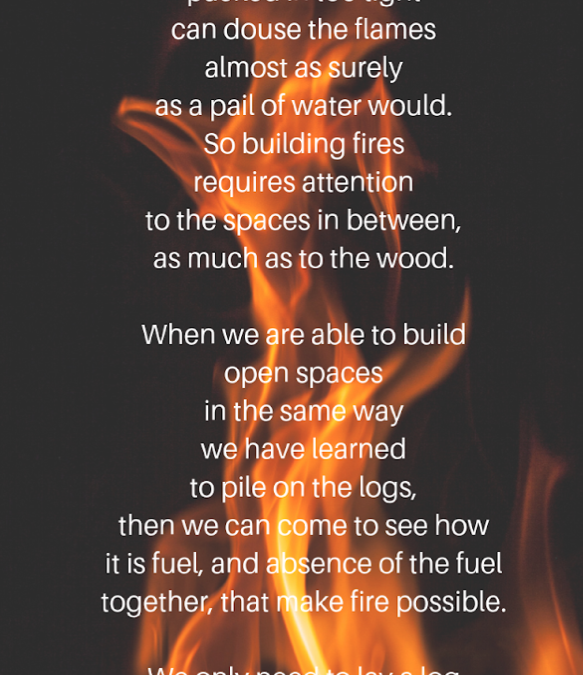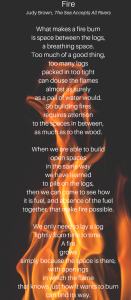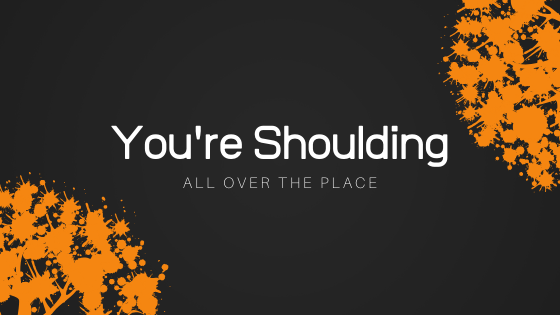
You’re Shoulding All Over the Place
For all of our therapists, a red flag of overusing the judgment faculty part of the brain is using the word “should.” A judge is someone who divides, decides, casts an opinion or makes a decision about a situation. It renders a Should: this person Should not have done this. It divides an experience into camps of right and wrong, and a judge sits above that situation.
It’s human nature to give thought to past situations that didn’t go as desired. What could we have done differently? How should we have thought about this before? These are human questions. And they can be useful if considered in a way that says, “now, I have a choice” and move from a place of intention rather than reaction. An element of discernment is healthy and normal.
However, discernment turns to judgment when you attach shame to it. When someone tells about an experience and inserts multiple Shoulds, we hear the brain trying to find power when it was powerless. The Should, a core negative belief, is evidence of some self-blame. If the Shoulds keep you up at night about either past or potential future situations, it becomes a potential source of anxiety or depression, or a myriad of other mental health concerns. It can feed a habit of the brain constantly seeking danger, as blame is often evidence of the brain’s way of labeling a threat.
When you find yourself Shoulding, here are a few things you can do:
- Personalize it: take it out of what “a good person” would do; there might not be a “right” way to handle your situation.
- Ask yourself what you want and/or what you need.
- Notice if there is a place that needs the energy of forgiveness – acknowledge any mistakes by yourself or others, and spend a few moments reflecting on the human propensity to mess up.

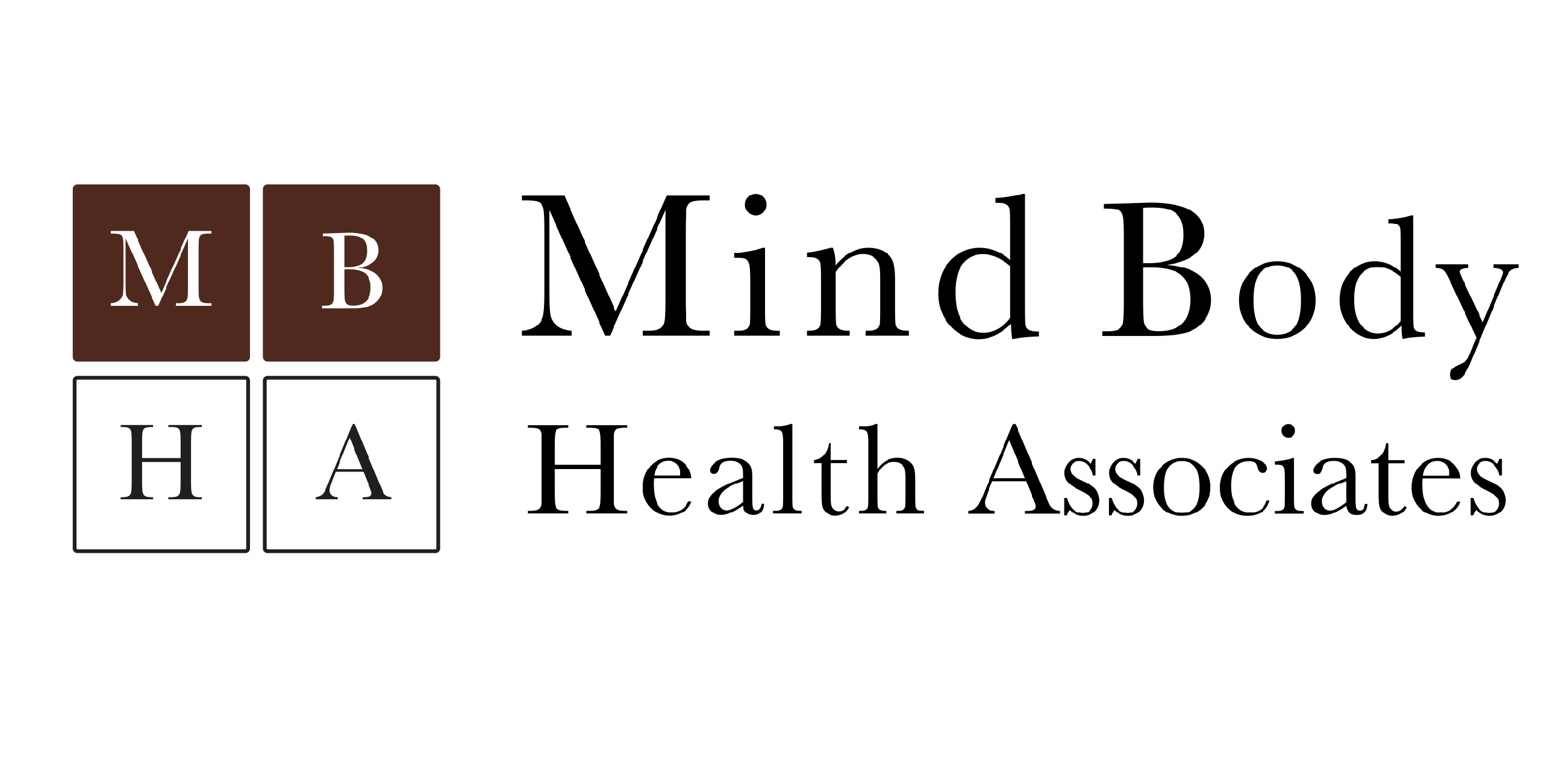

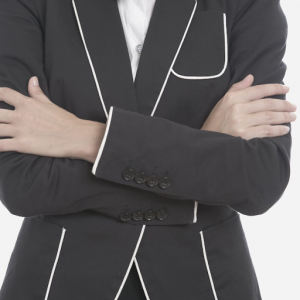

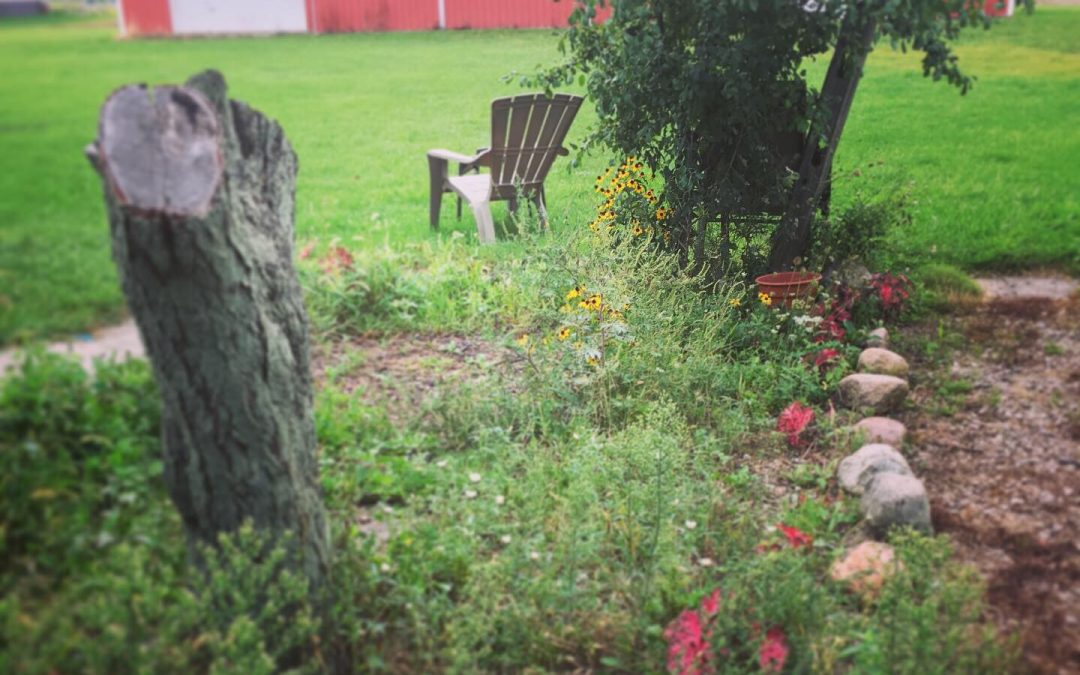
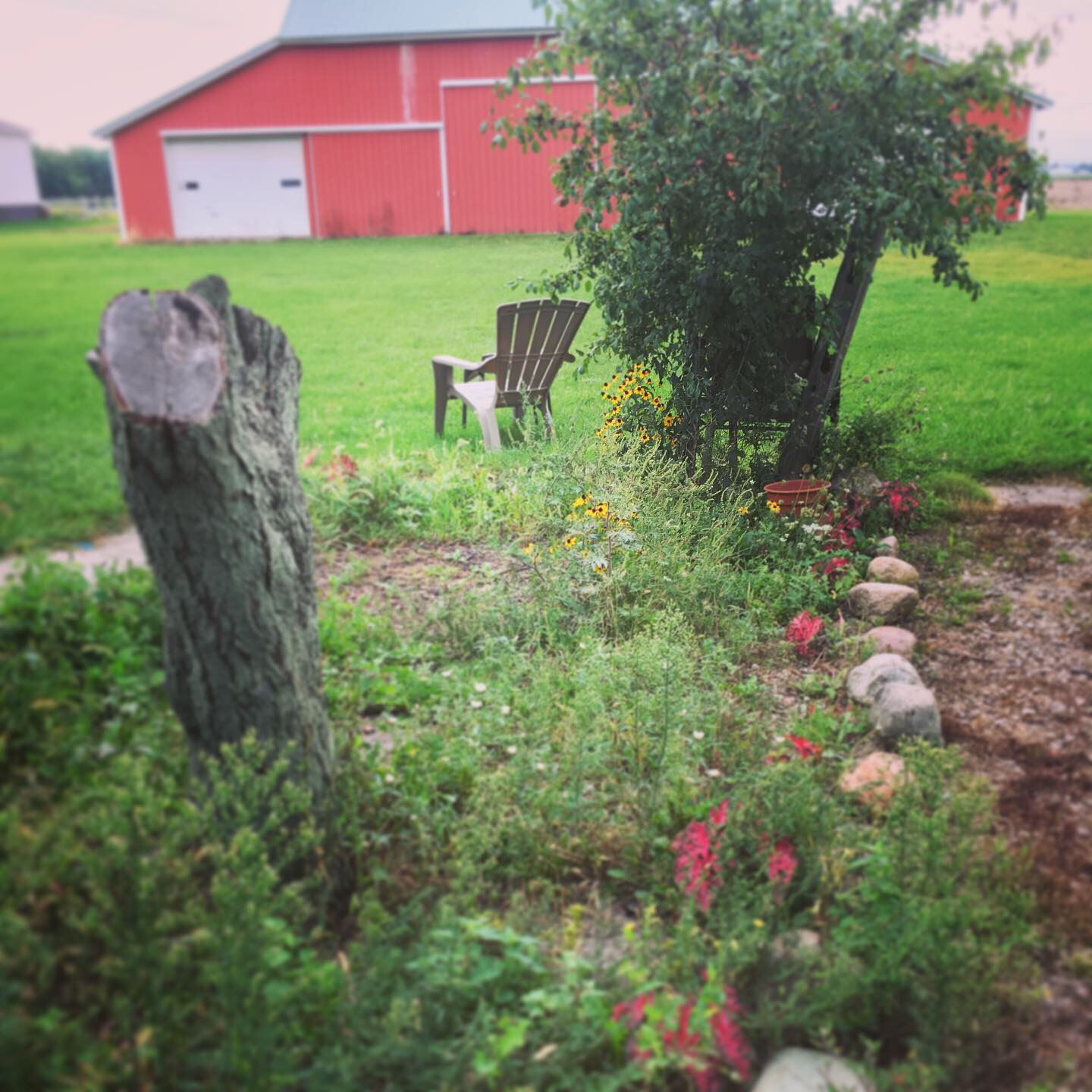 As I looked at my seemingly weed ridden flower bed in front of our home of 3 years now, I snorted and shook my head with a grin at how I once had the thought towards it “you are the bane of my existence”.
As I looked at my seemingly weed ridden flower bed in front of our home of 3 years now, I snorted and shook my head with a grin at how I once had the thought towards it “you are the bane of my existence”.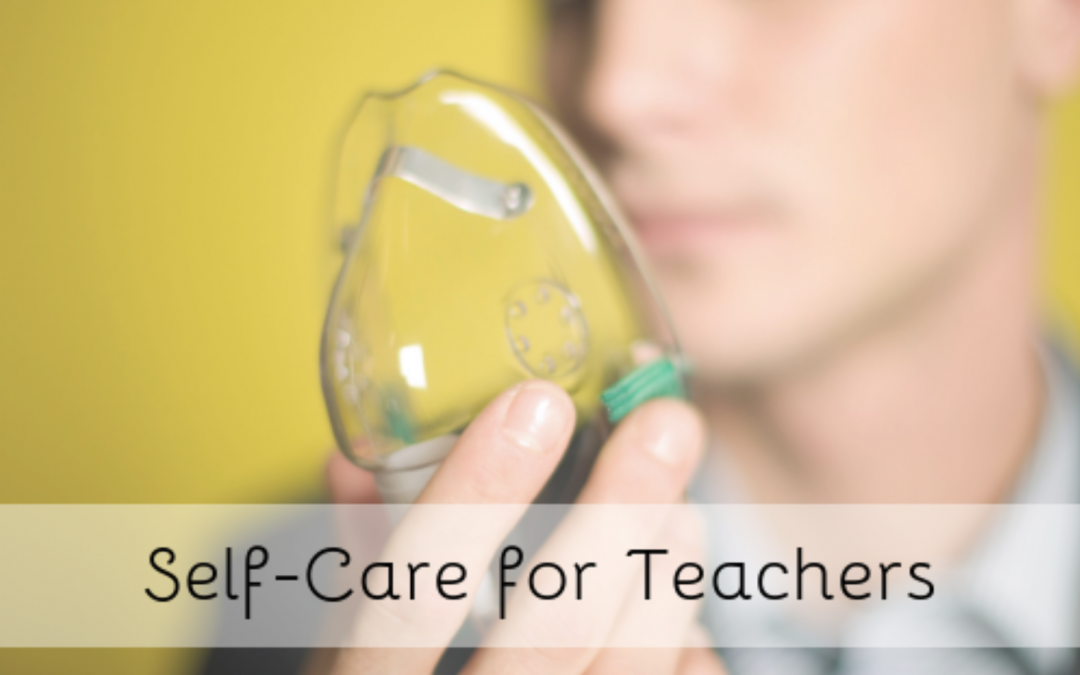
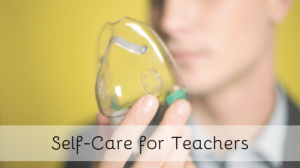 The concept of self-care is catching our collective attention. We’re being admonished to “put the oxygen mask on yourself first” and now we have
The concept of self-care is catching our collective attention. We’re being admonished to “put the oxygen mask on yourself first” and now we have 